Pickling this years Chilli crop
Today I made some pickled Chillies with a variety of Chillies that I harvested as part of this year’s Chilli crop. It is a good way of preserving Chillies and was extremely easy to do. Having done this, besides pickling Chillies it now means that out of this years harvest I have been able to make Chilli powder, fermented Chillies and will shortly making hot sauce. I have also frozen quite a few.
All that I needed for the pickling was the Chillies, some vinegar, water, sugar, salt, spices and the mason jars that I used to do the pickling. I also needed a pot , a cutting board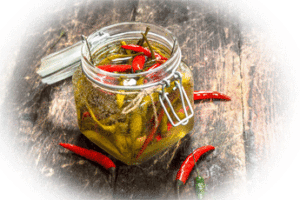 and a sharp knife.
and a sharp knife.
Once I had all of these together , the first step in the pickling process was to sterilise the jars. I did this by washing them in warm soapy water and then rinsing them in fresh warm water, I then let them air dry.
Once this had been done, I placed them in an oven that I had preheated to 100 hundred degrees Celsius for ten minutes. This will have killed off any harmful bacteria. In addition to this, the use of vinegar in the pickling process helps to keep the Chillies free from air borne bacteria like Botulism. The acidity in vinegar deters the growth of Botulism spores which otherwise might have been a problem; as Chillies are not acidic in themselves
The next step was to remove the stalks from the three hundred grams of mixed Chillies I was using I then sliced them in half and packed them tightly into two mason jars. One jar is 500 millilitres and the other 350. In both instances the jars were filled to eighty percent of their total volume. I did this because it is essential that the Chillies are completely submerged in vinegar to prevent spoilage The only thing that was then needed was to make the pickling solution


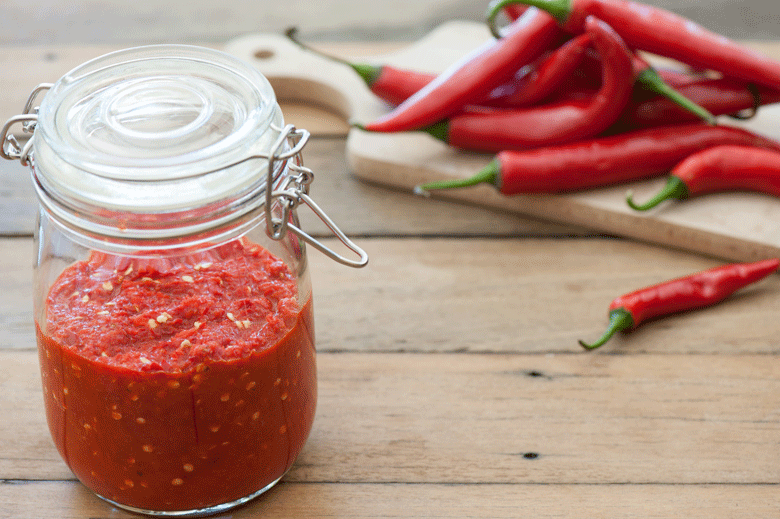
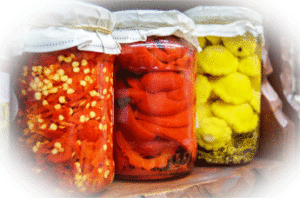

 will not be able to be stored
will not be able to be stored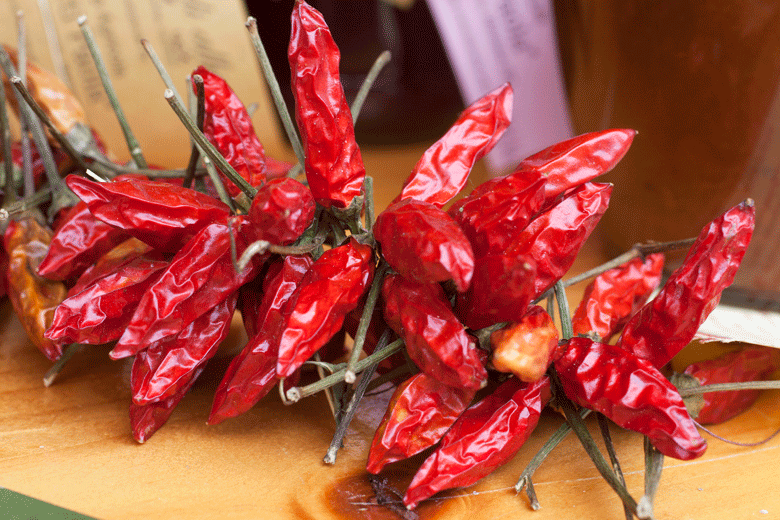
 online for between £50 and £60. They generally consist of a
online for between £50 and £60. They generally consist of a 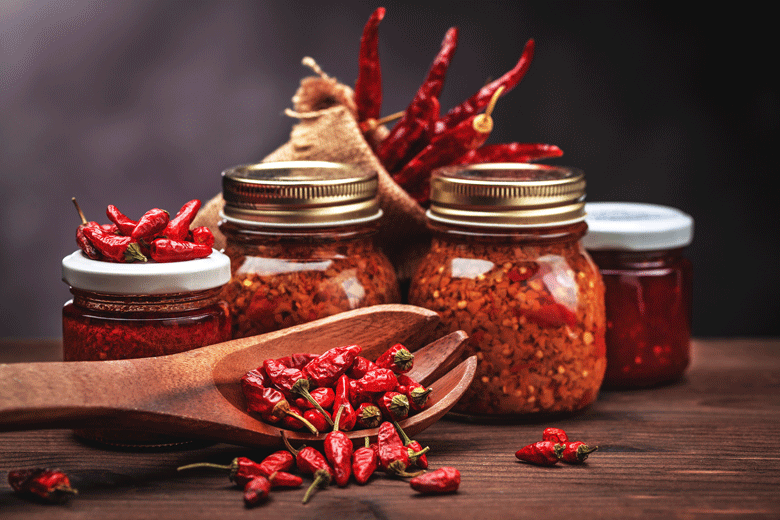

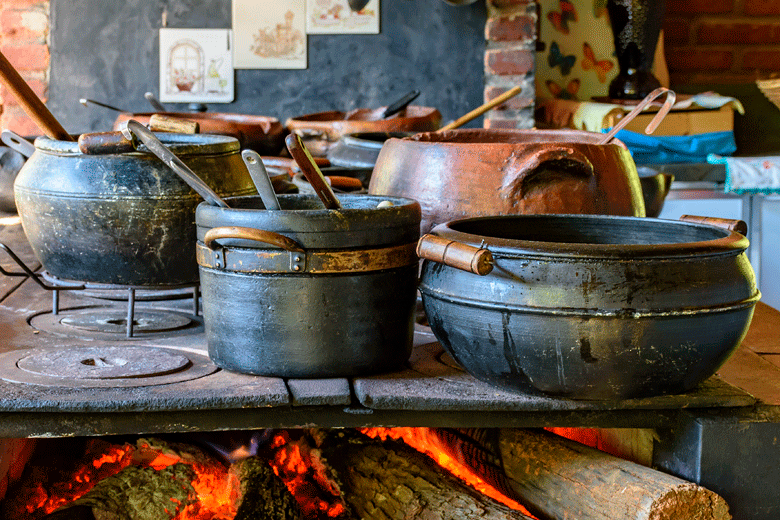
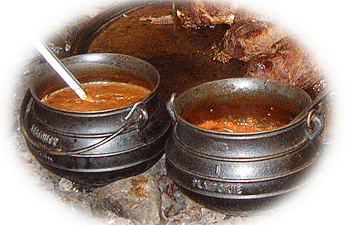
 Chillies and cheese
Chillies and cheese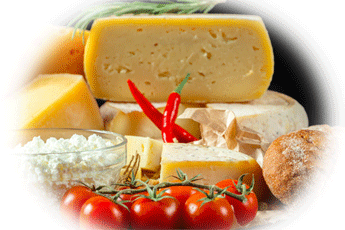




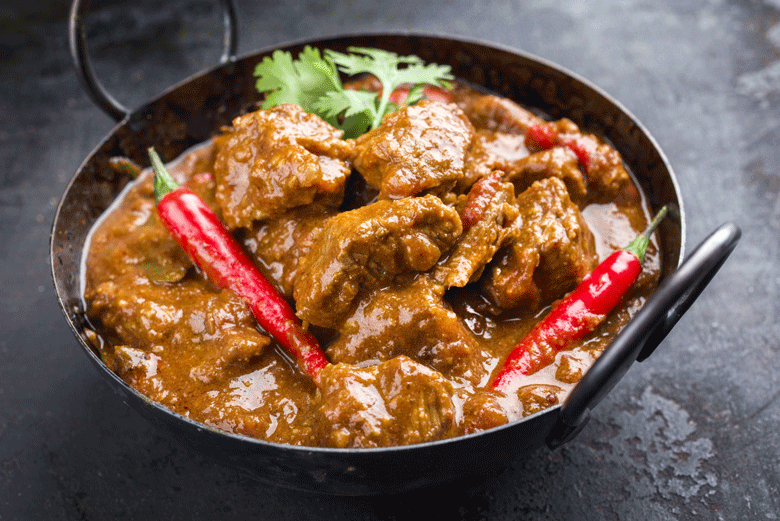
 eaten by initially dipping the soft bread into the curry in the crust, and is finished off by eating the crust itself, which by then has become infused with curry sauce. It is simply heavenly
eaten by initially dipping the soft bread into the curry in the crust, and is finished off by eating the crust itself, which by then has become infused with curry sauce. It is simply heavenly